
Review on 🔹 MakerFocus 6pcs I2C OLED Display Module 0.91 Inch Blue SSD1306 OLED Screen Driver 3.3V~5V for Arduino by Rob Kerr

They fit and look great
I was able to get these displays up and running in under 10 minutes! Below is a quick guide. The display is bright and even at 3.3V and 5.0V. Contrast is perfect as you would expect from OLED. color blue or sky blue; looks like the old blue VFDs that were popular in the 80's and 90's. These modules are very thin - 3.7 mm! In photos they look like fixed format displays with 7 segment digits and multiple displays, but they are dot matrix displays (128 x 32 pixels). You can program each pixel to be on (light blue) or off (black). Arduino Quick Start: 1) Solder the 4 pin header to the pads. Note that the display is so thin that pins longer than 2.7mm stick. above the glass surface. Before soldering, either cut the pins off or push them back through the terminal block so the protrusion is less than 2.7mm. Alternatively you can solder the wires directly to the pads and use the pins; whatever suits your needs. 2) Connect the display to the Arduino. Use standard hobby jumpers to connect pins of the same name: GND to GND, VCC to VCC, SCL to SCL, SDA to SDA. 3) Install the SSD1306 library. In the Arduino IDE select "Tools -> Manage Libraries". and look for SSD1306. You will get multiple matches; I used the AdaFruit SSD1306 library (version 2.4.3). 4) Go to "File -> Examples -> Adafruit SSD1306 -> ssd1306_128x32_i2c". and it should start showing the demo loop!
- Good product for the price
- Minor issues
New products
Comments (0)
Top products in 📱 Tablet LCD Displays

📱 LCD Touch Screen Digitizer Assembly for Apple iPad Pro 9.7'' A1673 A1674 - Black | High-Quality Replacement Display Assembly

7 Review
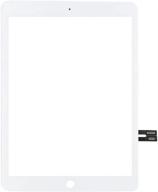
🔧 Premium White LCD Glass Digitizer Repair Kit for iPad 6 (6th Gen) - 9.7" 2018 (A1893, A1954)

6 Review
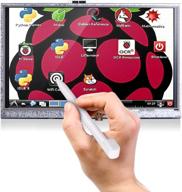
🖥️ Longruner 5" Raspberry Pi Touch Screen - 800x480 TFT LCD Display for Model 3, 2, 1 B/B+, A/A+ (LSC5A)

8 Review

🔧 Premium iPad Pro 10.5 Screen Replacement Kit - LCD & Glass Digitizer Repair Parts Plus (A1701/A1709) - Black

6 Review
Another interesting products
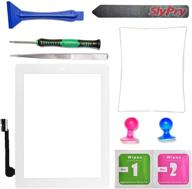
📱 Prokit Adhesive New White iPad 3 Digitizer Touch Screen Front Glass Assembly - Complete Kit with Home Button, Camera Holder, and Preinstalled Adhesive - Includes SlyPry Tools for Easy Installation

10 Review
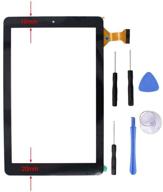
🔍 RCA 10 Viking Pro 10.1" Digitizer Touch Screen Panel Replacement: Find the Perfect Fit for RCT6303W87 RCT6303W87DK Tablet

10 Review
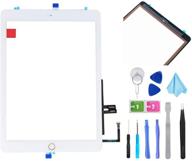
Digitizer Repair Screen Replacement Adhesive Tablet Replacement Parts and Digitizers

10 Review
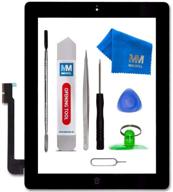
High-Quality MMOBIEL Digitizer Compatible with iPad 3 (Black) - 9.7 Inch Touchscreen Front Display Assembly with Tool Kit - Premium Choice for iPad 3 Repairs

9 Review

